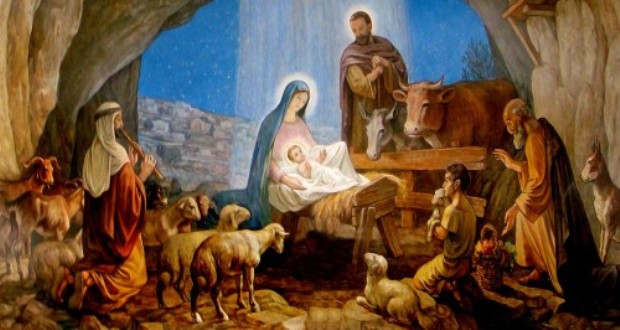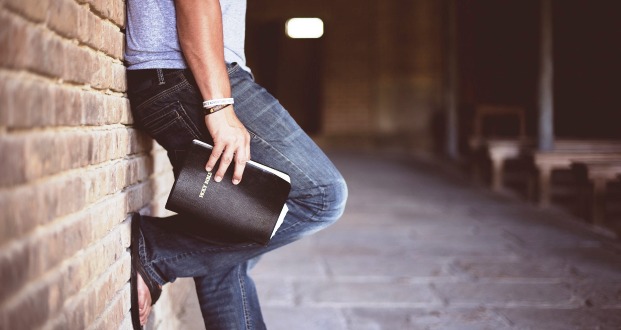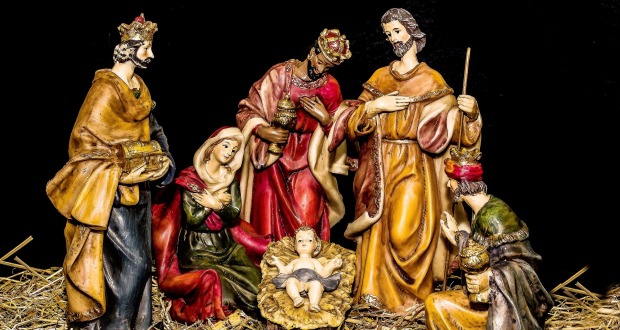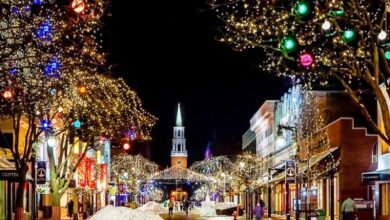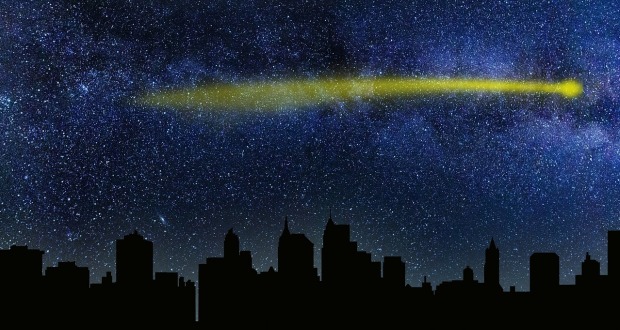All About Christmas Carols And Caroling.
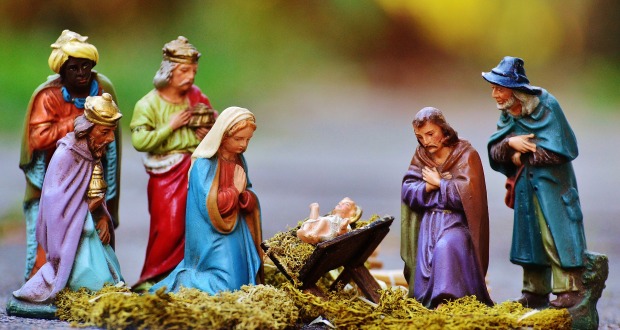
As a child in Primary school, there was one time of the whole school year I would always look forward to – Christmas time. That was the time when the blackboards that separated the classes were rolled aside, song sheets were given out, the music teacher – Ms. Roach would take to the piano at the head of the school, and the entire school would sing Christmas Carols. It was always a very beautiful and exciting experience for me as a child. Admittedly, I did not understand some of the words, but it all brought me great joy!
But where did all this beautiful Christmas music come from? These songs that gladdened my heart so very much as a child – where did they come from? The tradition of Christmas caroling first gained popularity in Italy, in the mid 13th century. Saint Francis of Assisi added lyrics to well known Christmas music in an effort to teach people about the birth of Jesus. These songs were often performed in plays as a form of entertainment for the congregation. The plays primarily focused on Mary’s journey to Bethlehem, and the birth of Jesus.
The songs and traditions soon spread over Europe. By the 14th century; Spain, Germany and France incorporated the songs into their Christmas traditions. Chaplain, John Awdlay composed another 25 songs and inspired his congregation to travel door to door to spread the Christmas message to the masses. This is where the act of caroling first came into being.
In 1647 Christmas music was banned in England by Oliver Cromwell. The Puritans were the influencing force behind the ban of singing, which they viewed as an offense to their religion. In this time of history, many of the old English Christmas songs were lost and forgotten.
In other parts of Europe, Christmas carols still managed to spread and grow in popularity. Martin Luther wanted to incorporate more music into the church. So when Luther separated from the Catholic Church, and formed the first of the protestant religions, he used a lot of Christmas music. Singing to the masses was encouraged by the Lutheran church, and soon found its place once again in Christmas traditions in the European countries.
Carols did not regain popularity again in England until the early 18th century. William Sandys and Davis Gilbert began to collect some of the surviving songs and organize them. Sandys’ interest in the old songs led him to write some of the most recognized songs we know today. The well known carols: “God Rest Ye Merry, Gentlemen”, “The First Noel” and “Hark The Herald Angels Sing”, are some of the works that Sandys is best remembered for.
Writer Charles Dickens can also be credited for the revived interest in Christmas Carols. His novella, “A Christmas Carol”, brought about a change in the way people celebrated Christmas in England. People who once only celebrated the holiday quietly in their homes, suddenly began to spread the Christmas cheer and celebrate in public. The act of Christmas caroling once again took hold in England.
By the early 19th century, the Christmas carol once again had a strong hold in English tradition. It had spread from England over to the United States. The main focus of the carols stayed with the religious themes. It was not until the later part of the 19th century that some of the focus varied away from religion and on to other topics.
Christmas carols began as a way to commemorate the birth of Jesus Christ. They have carried on throughout the centuries as a means to teach the public about the religious aspects of Christmas. This is why most of the songs that are traditional Christmas carols focus on the journey of Mary into Bethlehem, and the birth of Jesus.


